Making good time: amid a challenging period for the industry, the Watches & Wonders fair offered joy
Hublot’s CEO says the luxury watch industry is still in a position of normalisation following its much fabled post-Covid era of boom. And that this is not necessarily a bad thing.

What should a watch be in 2025? It’s a question some 60 brands presenting its novelties for the year at Watches & Wonders in Geneva had an answer for. Unsurprisingly it can also mean many things – from eye watering haute horology to dazzling jewels that just happen to tell the time.
Newcomers to the fair – which this year included open days for the public and attracted press, retailers, collectors and enthusiasts – included Bvlgari who made their presence known with a new world record for thinnest tourbillion watch for its Octo Finissimo Ultra Tourbillon. Not to be outdone in high stakes watchmaking, Vacheron Constantin introduced the ‘world’s most complicated wristwatch’ featuring some 41 complications.
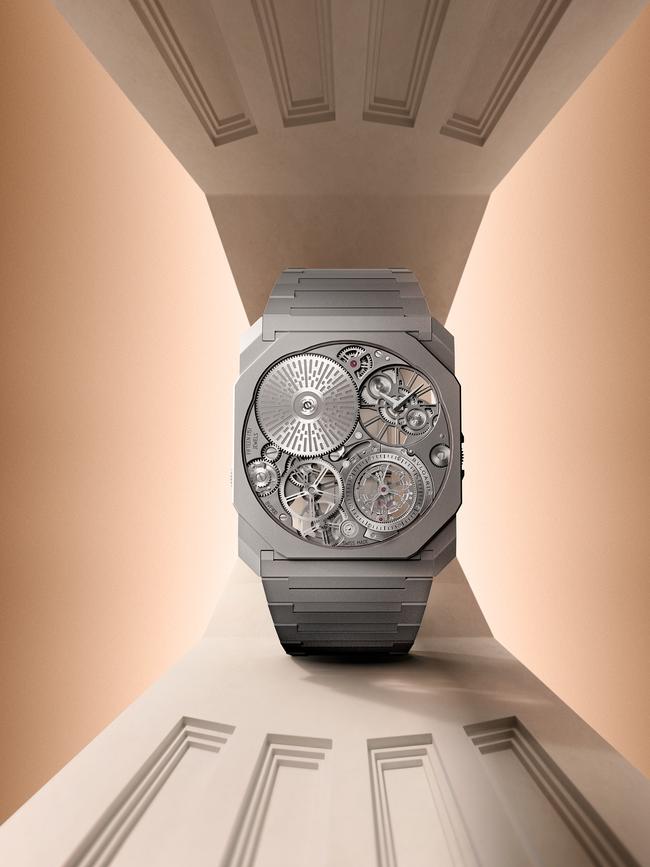
The pointy end of watchmaking is certainly a rather fortuitous place to be. The watch industry after all is not immune to a global luxury slowdown. The Federation of the Swiss Watch Industry reports Swiss watch exports dropped by 2.8 per cent in 2024 to 25.9 billion Swiss francs, with much of the slump attributed to the Chinese market. The potential impact of the 31 per cent tariffs President Trump proposed on the industry last week – the US is a bright spot for the watch industry – remains to be seen. Certainly it came as a shock midway through the week.
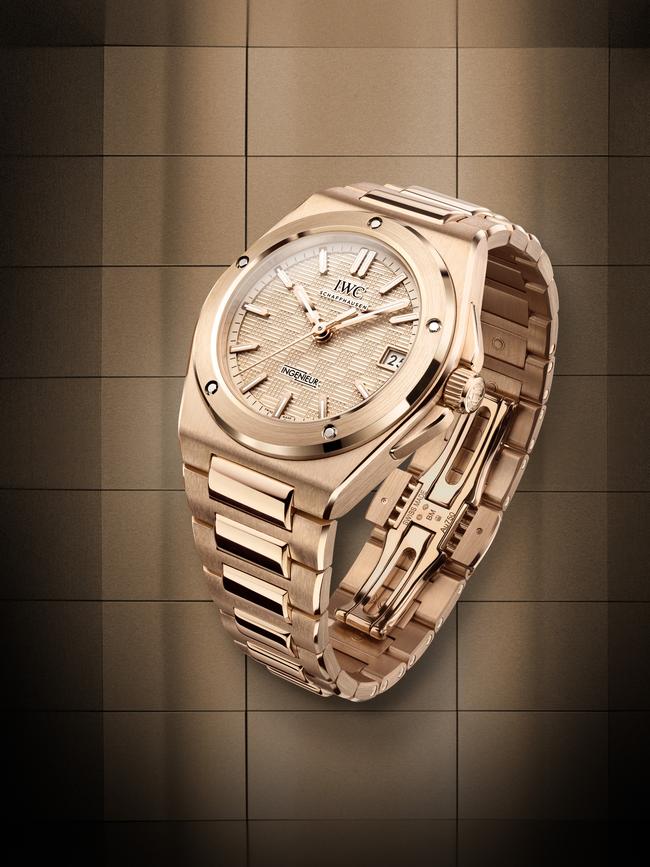
Julian Farren-Price, managing director of watch retailer J. Farren Price, for one, says he’ll believe the tariffs on Swiss watches when he sees them.
“There is virtually no American watch making to protect,” he says. “If it was to happen it will be good for all other retailers in the world as supply gets diverted from the US and they all buy overseas. So Swiss industry will respond by reallocation production. It is all they can do. America will lose all taxes and tariffs and go backwards not forward. For sure it will badly affect the Swiss watch industry. It is nonsensical and to no one’s advantage.”
“If this goes ahead I foresee a big change in the distribution of watches with product being diverted from the USA. Regardless this could be most damaging to the industry. We all hope this is a bargaining effort that will be quickly resolved and normalised. Could mean more watches for Australia though!”
Certainly, clients are unlikely to want to pay 31 per cent tariff on top of a watch that costs more than CHF50,000, a category Morgan Stanley says amounts to 33 per cent of the market, but accounted for 84 per cent of the growth in 2024.
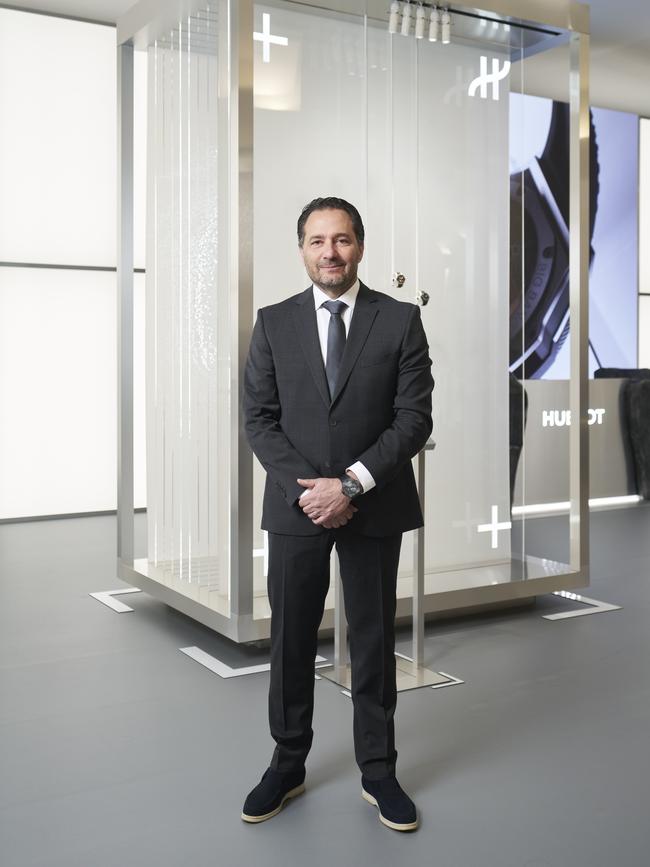
The high-end segment is a category Hublot chief executive Julien Tornare sees opportunity in. Tornare joined the brand (which launched in the ’80s, shocking the world with its combination of gold watches on rubber straps) in September last year.
He points to the success of the brand’s unique ‘MP’ (manufacture piece) creations that push the limits of the brand’s watchmaking prowess with high and sometimes wild complications. As part of its launches this year the brand had a piece unique set of five high-complication Big Bang watches (including chronographs and chiming complications) for a cool 1.1 million Swiss Francs (it’s already been sold).
‘“[It’s] still a growing segment for us,” Tornare says of the high-end category, adding that he plans to push Hublot in terms of materials, such as its proprietary ‘saxem,’ as well as its innovations in technical watchmaking.
Tornare believes the industry is still in a position of normalisation following the much fabled post-Covid era of boom in watches. And that this is not necessarily a bad thing.
“We’re still correcting from 2021, 2022 that were really kind of bubble years after Covid. I think we all realise that even the biggest, the strongest brand of the industry, there is a back to normal kind of road. And I think it’s very healthy because luxury by definition should be exclusive, it should be not always available because that’s part of the dream. I think we need to go back to less watches on the market in general,” he says.

Times of challenge can often see brands go two ways – retreat into tried and true or let their creativity fly. Farren Price says creativity was one of the biggest things he noticed from the week.
“One of the most prominent overall trends is the level of creativity revealed this year at W&W. Many brands shot it out of the park with their new releases,” he says.
Debbie Kok, managing director of watches at Kennedy, says the fair this year offered a little bit from both column A and column B.
“I think there’s some really clear themes that every brand is putting out this year. It’s really about consolidation, but really focusing collections on either one hero product or one hero pillar, but not losing the sense of who they are as watchmakers. So a lot of watchmaking legitimacy is married within that focus, so it’s focused pillars, but real innovation in terms of new complications,” she says.
Some of the most buzzed about launches this year managed to stay true to their identities, while offering something new.

One such launch to play on familiar and new was the Rolex Land-Dweller, a major new timepiece from the industry’s most dominant watch brand. The watch – a slim integrated bracelet sports watch with a honeycomb motif on the dial, a new high frequency calibre and some 32 patent applications and patents- was previewed by tennis legend and Rolex ambassador Roger Federer ahead of the fair on social media to an inordinate amount of fanfare and internet detective work. Farren Price says his phones are ringing off the hook about it.
Other highlights included Jaeger-LeCoultre’s Reverso Tribute Monoface watch, which this year added a pink gold beaded Milanese bracelet for the first time. Meanwhile, Cartier brought back one of its rarest watches for its collector-focused Prive collection. The Privé Tank à Guichet was first launched by Louis Cartier in 1928 and the brand’s new, and limited, take is an ode to art deco ‘jumping hour’ watches which show the time through an aperture window on the dial.
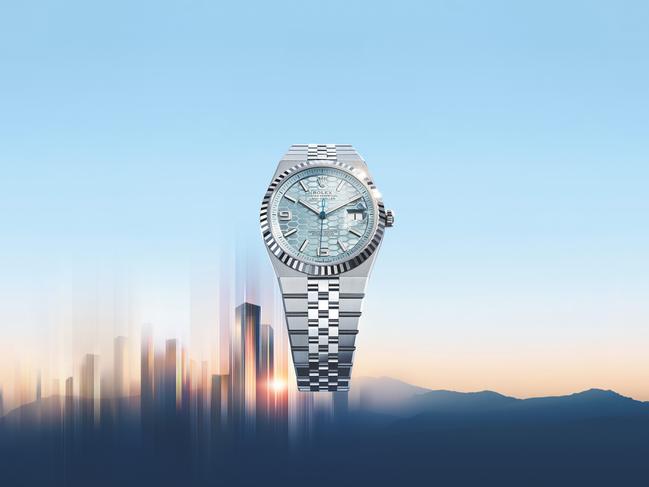
A certain irreverence on time telling could be found in many pieces this year, from the patented complexities required to allow two lovers to seriously French kiss in Paris on the dial of the Van Cleef & Arpels’ Lady Arpels Bal des Amoureux Automate watch to the brooch watches at Hermes, intended to be pinned on lapels, sleeves or worn with a leather pendant around the neck.

Hermes also added its ‘Suspendu’ complication to its Cut watch, a complication that allows you to ‘stop’ time and another to make a horse stick its tongue out on a dial. Who else but Hermes could do this, posed Philippe Delhotal, creative director of Hermès Horloger?
Delhotal says playfulness with time is an important value for the brand.
“It’s one of the signatures of the maison, to be funny, the discovery. We don’t take ourselves seriously,” he says. Still, Hermes is a serious business – and one of the few luxury brands currently defying the luxury slowdown. So playfulness must count for something.

Chanel also had elegantly witty takes on the enduring legacy of Coco Chanel with a slew of ‘secret’ watches such as pendant necklaces and rings, and timepieces inspired by the maisons’ makeup collections. Tag Heuer’s fresh take on its ’80s classic Formula One watch in a line-up of bright lolly colours and fitted with its innovative solar powered Solargraph complication was another bolt of joy.
Other trends this year included gold watches, from Bvlgari’s sculptural Serpenti Aeterna to a new 35mm version of IWC Schaffhausen’s Ingenieur, Piaget’s ode to its golden era of the ’60s and ’70s with a new trapeze shaped watch, the Sixtie and a pink gold version of Patek Philippe’s must discussed launch of 2024, the Cubitus.
Colour is back too, and not just the regulation blue dial. Brown was a surprisingly compelling – and versatile – hue, from Grand Seiko’s rugged Tentagraph sports watch to the leather strap with a denim treatment for the Patek Philippe Annual Calendar. There were pops of colours, from sorbets to saturated rainbows to be found at Rolex, Tag Heuer, Zenith and Chopard (most fittingly with its Happy Sport collection). Watches continue to shrink in size in accordance with tastes for now, with 38mm a generally agreed upon sweet spot.
That time can be sweet – even in times of strain – is something Debbie Kok noticed too.
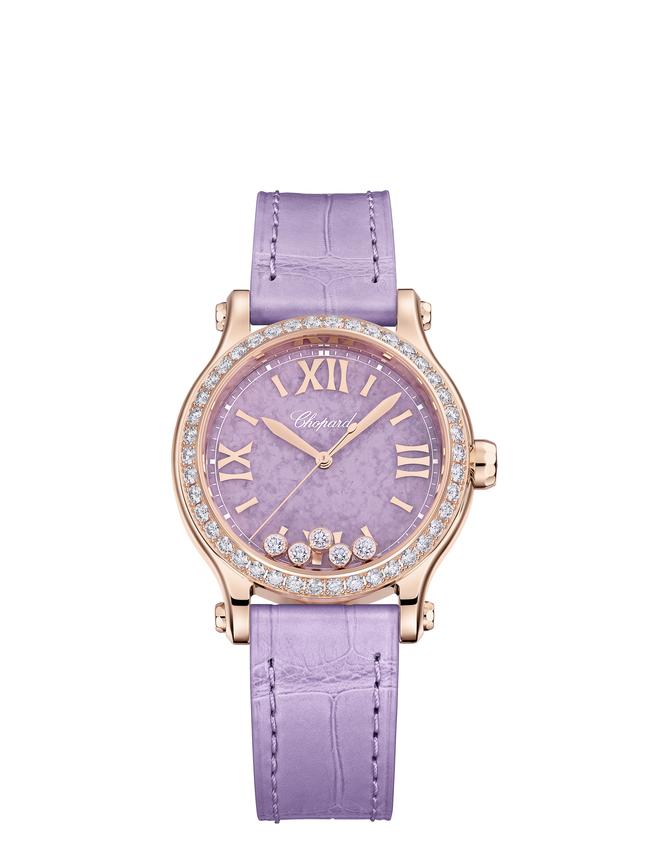
“It’s almost optimism through this time,” she says of a general mood of uplifting creations. “It’s like the lipstick theory, when times are a little bit tougher, you have to bring something out that makes people laugh,” she says.
Annie Brown travelled to Geneva as a guest of Watches & Wonders


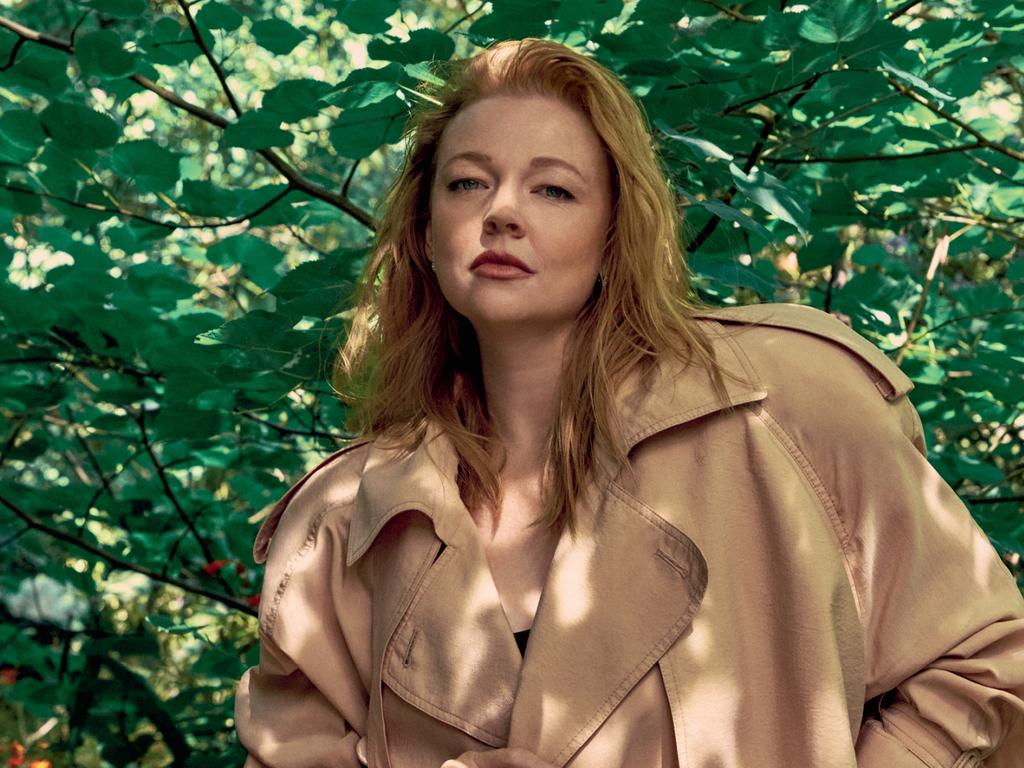
To join the conversation, please log in. Don't have an account? Register
Join the conversation, you are commenting as Logout